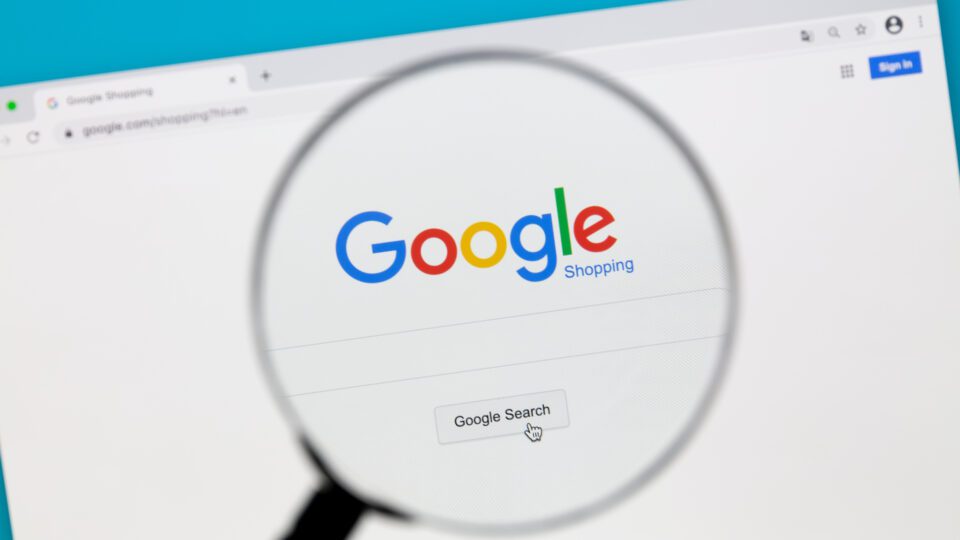Google wants a bigger piece of the traffic driven by retail media advertising. To start getting it, the tech company has launched a new offsite retail media solution in closed beta. Lowe’s has signed on to be one of the first retailers to test the solution for what will be the first offsite retail media offering from Lowe’s One Roof retail media network on Google Search and Shopping inventory, according to a blog post that will be published today, which Retail TouchPoints reviewed in advance.
Offsite retail media allows brands to engage with a retailer’s audience in third-party channels not owned by the retailer (like Google Search) and then connect those advertising campaigns back to product sales at the retailer. The new solution, which is part of Google’s enterprise search engine campaign management tool, Search Ads 360 (SA 360), aims to help retailers offer advertisers these kinds of closed-loop campaigns in Google Search and Google Shopping.
“Brands that primarily sell through retail partners are increasingly interested in using retailer data to power their advertising campaigns, especially as third-party cookies become obsolete,” said Ewan Fisher, Product Manager of SA360 in the blog post. “We see retail media as a cornerstone of the SA360 mission to drive reach, performance and productivity for advertisers.”
A ‘Privacy-Centric’, Self-Service Solution
At the outset, Lowe’s will use the tool via a managed service model, but Google’s ultimate goal is to offer a self-service campaign management tool that both brands and agencies can use to connect with the audiences of a wide roster of retailers. Google hopes to expand the beta to additional retailers as it moves through the testing phase and build-out of the self-service option.
Advertisement
Traditionally, retail media networks have provided managed services for campaign management, meaning retailers handle things like campaign setup, optimization and reporting themselves. For example, a beauty retailer can manage Google Search or Performance Max campaigns in SA360 on behalf of a makeup brand that is distributed via its ecommerce site and stores. The problem with this hands-on approach is that it limits retailers’ ability to scale their offsite offerings and doesn’t always give brands the level of transparency and control they would like. Once Google’s self-service functionality in SA360 is fully realized, retailers will be able to allow brands and their agencies to manage campaigns themselves.
Google promises that its new solution will offer participating retailers a “privacy-centric” way to enable brands to use their first-party data. Once the self-service option has been fully developed, retailers will be able to selectively share first-party audiences with their brand partners without exposing user-level data. Shoppers that engage with the ads will then be directed to the product detail page on the retailer’s website to make a purchase.
Retailers will be able to share only the parts of their product inventory feeds that are relevant to each brand partner, so one brand will never see the inventory details, such as stock levels or pricing, for other brands. This will also ensure that consumers only see ads for in-stock products and brands don’t waste dollars promoting products that are out of stock. Retailers also will be able to selectively share sales and performance data with brand partners, preventing brands from seeing the retailer’s overall performance data. Retailers always will maintain visibility into their own campaigns and the campaigns of their brand partners.
A Holistic Approach to Retail Media Measurement
In SA360’s self-service model, brands will be able to measure the success of their campaigns with closed-loop reporting at the brand, campaign or SKU level, so they can directly tie ad spend to sales at the individual product level and make changes to their campaigns accordingly. For example, a brand might choose to promote certain SKUs in a separate campaign or to adjust return on ad spend (ROAS) targets for a specific set of SKUs.
As more retailers come on board, brands and agencies that work with multiple retailers will benefit from common metrics and campaign workflows, as well as the ability to manage many campaigns from one location.
The announcement today is clearly just the beginning for Google, with Fisher hinting at future retail media-focused offerings on the horizon: “Going forward, we will be supporting additional campaign types for offsite retail media, including Microsoft campaigns,” he says in the post. “We will also build more retail media features unique to SA360 in order to drive greater performance. We are committed to helping this ecosystem grow and look forward to sharing updates in the coming months.”
To learn more about retail media, check out our full guide here.









